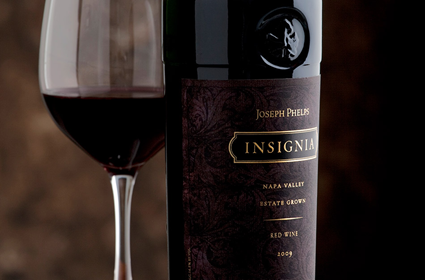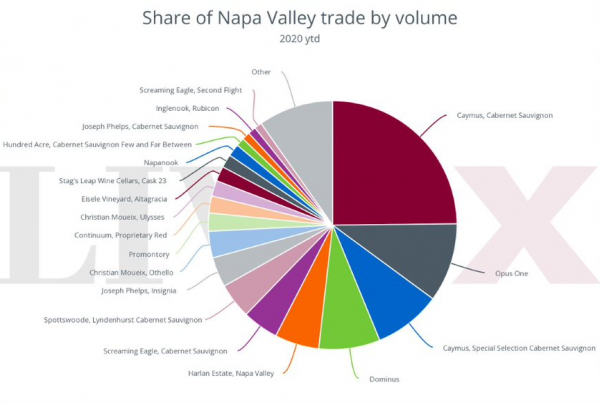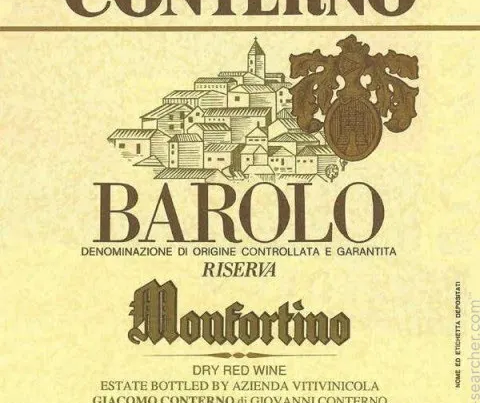Owner: Francois Pinault
Classification: Second wine of First Growth
Vineyard area: 78 hectares
Average annual production: 132,000 bottles p/a
Colour: Red
Standard blend: Cabernet Sauvignon (70%), Merlot (30%)
Other wines: Chateau Latour (grand vin) – 216,000 bottles p/a
Forts de Latour is the second wine of historic First Growth, Chateau Latour and boasts a rich history dating back to the 14th century. In 1331, amidst one of the many skirmishes of the Hundred Years War, Gaucelme de Castillon built a defensive tower on the estate to guard the estuary against attack. And although it was completely destroyed by the King of France’s forces a century later, Chateau Latour takes its name from the fortress that once stood on the property, likely on the south-east side of the vineyard. The estate’s existing dovecot, often mistaken for the original tower, was built during the 1620s (apparently using stone from the razed fortress), and remains a potent symbol of the estate.
During the late 17th century, viticulture became an integral part of life at Chateau Latour. Through marriage and inheritance, the estate passed to Marquis Nicolas Alexandre de Segur (along with Lafite Rothschild), who was aptly nicknamed the Prince des Vignes. Throughout the 18th and 19th centuries, a succession of split inheritances and the onset of the French Revolution saw ownership divided and shared amongst family members and outside parties, though, remarkably, this instability appears to have had little impact on the quality of wine production, with the grand vin acquiring First Growth status in 1855.
After more than 300 years, the long lineage of Segur family ownership finally came to an end in 1963, when majority ownership was sold to the Pearson Group. The sale drove significant investment and innovation, including the introduction of Forts de Latour – a second wine vinified in the same way as the estate’s grand vin, but made from grapes grown in the small plots of Petit Batailley, Comtesse de Lalande and Les Forts de Latour. Despite the progress and modernisation, however, Latour was sold to Allied Lyons in 1989, and was then bought by its current owner, billionaire Francois Pinault, in 1993.
Today, the wine is widely regarded as one of the finest Bordeaux second wines. And with the brand’s following growing and prices firmly on the up, Forts de Latour looks set to rival Carruades de Lafite of the Rothschild stable.
Forts de Latour 2009
The 2009 vintage is composed of 65% Cabernet Sauvignon, 32% Merlot, 1% Cabernet Franc and 2% Petit Verdot. Its alcohol is listed as 13.5%.
There seems to be general consensus amongst the major critics that the most recent vintage of Forts de Latour offers more intensity and focus than previous vintages. James Suckling of the Wine Spectator assigned it 92-95 points, while James Molesworth gave it 93, describing it as having “purity and precision”.
Jancis Robinson rated the wine 18 out of 20 – “Very plush and velvety… Explosive.”
Market trends
Forts de Latour 2009 was released at €89 per bottle ex-negociant, up 93% on 2008 (€46) and +85% on 2005 (€48). More remarkably, the vintage was released in London at £1,450 – almost £200 above the current trading price of the 2005. Like many of the major second wines, the release was the highest to date, and set a new price point that appears to have been readily accepted by the market. The new price level (now around £1,500 per case) has also boosted back vintage trade significantly, with both the 2007 and 2008 recently tipping £1,000 per case – more than double the prices the wines traded at in January.
As you can see in the chart below, the price movement of Forts de Latour (vintages 2000-2006, up to 30th June 2010) has outpaced that of the First Growths since 2004 by around 20%. The recent focus on Forts back vintages looks likely to widen the gap.

Forts performance appears rather slow and steady, however, when compared to that of Carruades de Lafite (the second wine of fellow First Growth, Lafite Rotshchild). Carruades (vintages 2000-2006) boasts a phenomenal price appreciation of 1,200% over the same period. Yet, Forts receives higher scores than Carruades and is produced in lower quantities – it is also trades at around half the price. The perfect destination for those looking to switch out of Carruades but wanting to remain on the second wine train?





